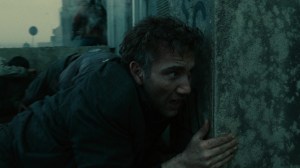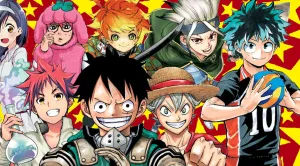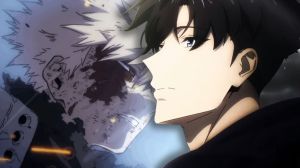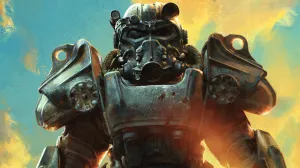Batman has dominated the world of animation for decades, with DC consistently delivering compelling stories that showcase different aspects of the Dark Knight’s complex character. From lighthearted comedies to gritty crime dramas, the Caped Crusader’s animated adventures often rival or even surpass his live-action outings in terms of storytelling depth and visual innovation. These animated films have allowed creators to explore Batman’s psychology, relationships, and moral code without the budget constraints or practical limitations of live-action productions. As a result, the medium of animation has proven particularly suited to capturing the stylized world of Gotham City, whether it’s the art deco noir aesthetic of the 90s or the bold, expressionistic visuals of more modern interpretations.
Videos by ComicBook.com
While Batman has appeared in dozens of animated projects over the years, certain films stand out for their exceptional quality, cultural impact, and unique contributions to the Batman mythos. These seven animated features represent the pinnacle of Batman storytelling in animation.
Merry Little Batman

The most recent entry on our list brings a fresh perspective to the Batman universe by focusing on a young Damian Wayne (voiced by Yonas Kibreab) protecting Wayne Manor when he’s accidentally left home alone on Christmas Eve. Released in 2023, Merry Little Batman combines heartwarming holiday themes with action-packed superhero hijinks in a family-friendly package. The film cleverly reimagines the Home Alone formula with a Batman twist, allowing viewers to see Gotham’s villains through the imaginative eyes of a child who dreams of following in his father’s footsteps.
Finally, the animation employs a charming, exaggerated aesthetic that perfectly complements the film’s lighter tone while still honoring Batman’s iconic imagery. What makes Merry Little Batman particularly special is how it manages to tell a Batman story that’s genuinely accessible to younger audiences without sacrificing the character elements that make Batman compelling, proving that the Dark Knight’s world can accommodate stories across the entire tonal spectrum.
The LEGO Batman Movie
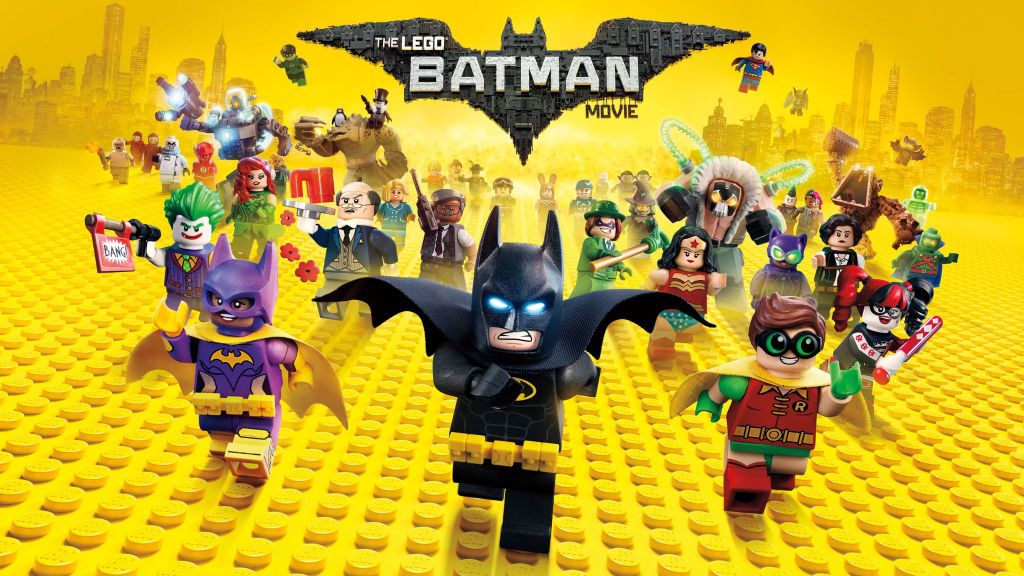
The Lego Batman Movie brilliantly deconstructs eight decades of Batman mythology through a comedic lens, creating what might be the most self-aware Batman film ever made. Director Chris McKay and his team crafted a vibrant, kinetic world built entirely of Lego bricks, allowing for visual gags and action sequences that would be impossible in any other medium. Beneath its irreverent humor and frenetic pacing lies a surprisingly insightful character study about Batman’s fear of connection and emotional vulnerability.
Will Arnett’s gravelly-voiced, absurdly self-important Batman perfectly captures the inherent ridiculousness of a billionaire who dresses as a bat to fight crime, while still maintaining enough emotional authenticity to make audiences genuinely care about his journey. The film’s loving mockery extends to Batman’s rogues gallery, his complicated relationship with the Justice League, and his numerous cinematic incarnations, creating a celebration of Batman’s cultural impact that works simultaneously as parody and homage.
Batman: Mask of the Phantasm

Often cited as the greatest Batman animated film ever made, Batman: Mask of the Phantasm expanded on the revolutionary Batman: The Animated Series with a theatrical feature that delves deep into Bruce Wayne’s psychological motivations. The film’s narrative brilliantly weaves between present-day Gotham, where Batman hunts a mysterious vigilante killing mob bosses, and Bruce’s past, exploring his early days of crimefighting and a romance that nearly led him away from becoming Batman.
Directors Bruce Timm and Eric Radomski brought their noir-influenced visual style to new heights, with breathtaking set pieces like the World’s Fair sequence and the climactic confrontation at the abandoned amusement park. Kevin Conroy and Mark Hamill deliver definitive performances as Batman and the Joker respectively, while Dana Delany’s Andrea Beaumont provides an emotional anchor that forces Bruce to confront the personal cost of his mission. Released in 1993, Mask of the Phantasm raised the bar for superhero storytelling in animation and continues to influence Batman adaptations across all media.
[RELATED: The 7 Best Joker Episodes of Batman: The Animated Series]
Batman Beyond: Return of the Joker

Batman Beyond: Return of the Joker pushes the boundaries of what a Batman story can be, serving as both a continuation of the futuristic Batman Beyond series and a haunting epilogue to Batman: The Animated Series. The film masterfully bridges two generations of Batman, with Terry McGinnis’s (voiced by Will Friedle) Neo-Gotham facing the return of Bruce Wayne’s (voiced by Kevin Conroy) greatest nemesis decades after his apparent death. The central mystery — how the Joker could possibly return — leads to one of the most disturbing sequences in Batman animation history, revealing the psychological torture of Tim Drake (voiced by Mathew Valencia) through a flashback that was initially censored upon release.
Director Curt Geda balances cyberpunk action with psychological horror, creating a film that works as both a thrilling superhero adventure and a meditation on trauma, legacy, and redemption. The film’s examination of how violence leaves permanent scars on both victims and perpetrators adds emotional weight to the spectacular action sequences, culminating in a confrontation that brings closure to storylines spanning multiple series while opening new possibilities for the Batman Beyond universe.
Justice League: The Flashpoint Paradox
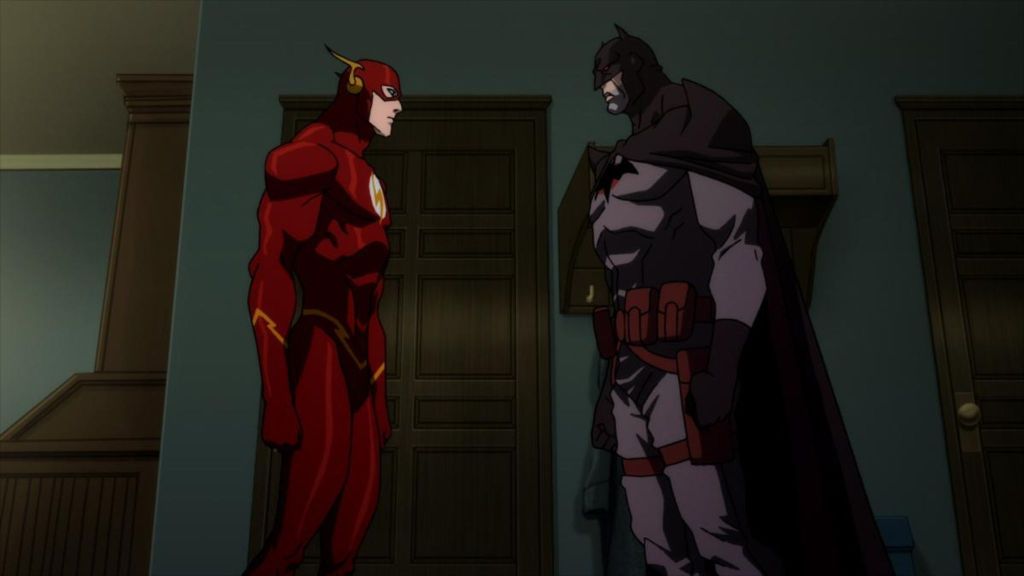
Though Justice League film, The Flashpoint Paradox features one of the most compelling alternate versions of Batman ever depicted on screen. In this dystopian timeline created by Flash’s temporal meddling, Bruce Wayne died in Crime Alley instead of his parents, leading Thomas Wayne to become a brutally violent Batman who uses guns and kills criminals without hesitation. The scenes between Flash (voiced by Justin Chambers) and Thomas Wayne’s Batman (voiced by Kevin McKidd) form the emotional core of the film, particularly when Thomas learns about his son’s fate in the proper timeline. McKidd brings a weathered gravitas to Thomas Wayne, creating a Batman consumed by grief and rage yet still capable of heroism when it matters most.
The film’s unflinching portrayal of violence reflects its central theme about the consequences of changing the past, with Thomas Wayne’s Batman serving as both warning and inspiration. The letter Thomas writes to Bruce, delivered by Flash in the restored timeline, stands as one of the most emotionally powerful moments in any DC animated film, proving that the essence of Batman transcends the identity of whoever wears the cowl.
Batman: The Dark Knight Returns
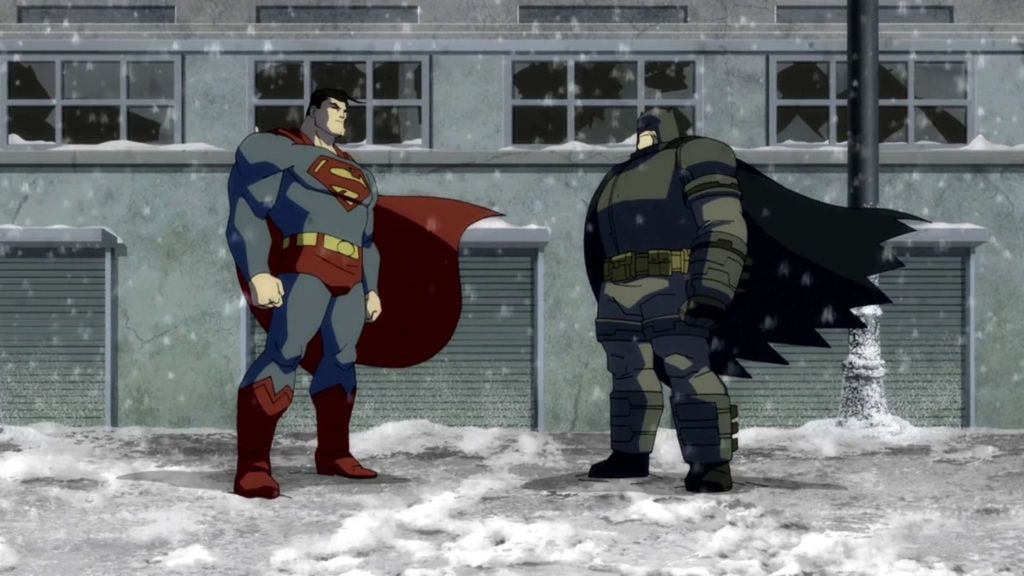
Frank Miller’s revolutionary graphic novel receives a faithful and powerful adaptation in this two-part animated epic that presents an older, grimmer Batman emerging from retirement to reclaim Gotham from chaos. Director Jay Oliva meticulously recreates Miller’s distinctive visual style while maintaining fluid, dynamic animation that brings the comic’s most iconic moments to life, from Batman’s battle with the Mutant Leader to his final confrontation with Superman. Peter Weller’s performance as the 55-year-old Bruce Wayne captures the character’s world-weary determination and barely contained rage, creating a Batman whose psychological scars run as deep as his physical ones.
The film doesn’t shy away from the political elements of Miller’s story, presenting a dystopian 1980s where media sensationalism, government overreach, and social decay have transformed Gotham into an urban nightmare that only Batman’s extreme methods can address. Particularly effective is the film’s handling of Batman’s internal monologue, giving viewers insight into his strategic thinking and darkly poetic perspective on crime and punishment.
Batman: Under the Red Hood

Batman: Under the Red Hood confronts Batman with his greatest failure in a tightly plotted crime thriller that examines the moral complexities of his no-killing rule. Adapting one of the most controversial storylines in Batman comics, the death and return of Jason Todd, director Brandon Vietti creates a film that balances explosive action with devastating emotional confrontations. Bruce Greenwood’s Batman projects controlled competence that gradually crumbles as he faces a villain who knows him intimately, while John DiMaggio’s Joker brings a chilling brutality to the character that makes the flashback of Jason’s murder genuinely disturbing.
What elevates Under the Red Hood is its willingness to ask uncomfortable questions about Batman’s methods and their effectiveness in a city where the Joker continues to kill despite repeated incarcerations. Finally, by positioning the conflict between Batman and Red Hood as essentially a father-son tragedy, the film achieves an emotional resonance that makes its action sequences meaningful beyond their considerable technical excellence.
What other animated movie featuring Batman would you add to this list? Let us know in the comments!



